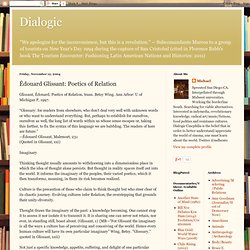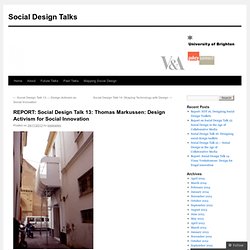

Dlc.dlib.indiana.edu/dlc/bitstream/handle/10535/5854/14857IIED.pdf?sequence=1. Hyogo Framework for Action (HFA) World Conference for Disaster Reduction The 10-year Hyogo Framework for Action came out of the World Conference held in Kobe, Hyogo, Japan, from 18 to 22 January 2005.

The Hyogo Framework for Action 2005-2015: Building the Resilience of Nations and Communities to Disasters (HFA) is the first plan to explain, describe and detail the work that is required from all different sectors and actors to reduce disaster losses. It was developed and agreed on with the many partners needed to reduce disaster risk - governments, international agencies, disaster experts and many others - bringing them into a common system of coordination. The HFA outlines five priorities for action, and offers guiding principles and practical means for achieving disaster resilience.
Its goal is to substantially reduce disaster losses by 2015 by building the resilience of nations and communities to disasters. This means reducing loss of lives and social, economic, and environmental assets when hazards strike. 10 ways to make cities disaster-resilient. Voltaire Tupaz Published 10:46 AM, Aug 17, 2012 Updated 11:59 AM, Aug 17, 2012 MANILA, Philippines - An Asian Development Bank report revealed that the Philippines is the 4th among Southeast Asian countries most vulnerable to coastal and inland flooding.

The country also topped the list of Asian countries hit by disasters in 2011 based on a Center for Research on the Epidemiology of Disasters (CRED) report. Disaster risk management experts suggest that having local government units which are resilient to climate change is integral to reducing disaster risks and their impact. In 2005, the Philippines and 167 other countries adopted the Hyogo Framework for Action, a 10-year international plan that sought to attain disaster resilience for vulnerable communities.
Rappler looked at the disaster risk-reduction efforts of Valenzuela, one of the cities in Metro Manila faced with worsening flooding problems. How about your local government? Digital Library Of The Commons. Digital Library Of The Commons. Édouard Glissant: Poetics of Relation. Glissant, Édouard.

Poetics of Relation. trans. Betsy Wing. Ann Arbor: U of Michigan P, 1997. “Glossary: for readers from elsewhere, who don’t deal very well with unknown words or who want to understand everything. But, perhaps to establish for ourselves, ourselves as well, the long list of words within us whose sense escapes or, taking this farther, to fix the syntax of this language we are babbling. Imaginary Thinking thought usually amounts to withdrawing into a dimensionless place in which the idea of thought alone persists. Culture is the precaution of those who claim to think thought but who steer clear of its chaotic journey. Thought draws the imaginary of the past: a knowledge becoming. Not just a specific knowledge, appetite, suffering, and delight of one particular people, not only that, but knowledge of the Whole, greater from having been at the abyss and freeing knowledge of Relation within the Whole.
Www.necsi.edu/events/iccs/openconf/author/papers/f769.pdf. Www.pemsea.org/sites/default/files/tc_v16n2.pdf. Espace.library.uq.edu.au/eserv.php?pid=UQ:9474&dsID=nfe_thesis.pdf. Subtropical Cities 2011: Bruno Stagno Keynote. 2013 Subtropical Cities Abstract Book by Association of Collegiate Schools of Architecture. REPORT: Social Design Talk 13: Thomas Markussen: Design Activism for Social Innovation. Social Design Talk 13 was organized by the UAL (University of Arts London) DESIS Lab.

Thomas Markussen’s talk explored the practices of design activism, the specific ways it differs from other forms of activism (art activism, political activism), and how it is accounted for in design research literature. Weaved throughout his talk were inspiring examples of design activism from serial design activists such as Santiago Cirugeda (pictured above), and projects of his own undergraduate students at Kolding School of Design. Design activism, loosely defined, is an act of design which highlights problems with the status quo (inequality, social exclusion, climate problems, the excesses of consumerism), and/ or seeks to create social change. Markussen’s argument is that although it may be similar in form to some kinds of political and art activism (he references the Situationists), its intention is different.
Thomas Markussen is Associate Professor at the Kolding School of Design. Like this: